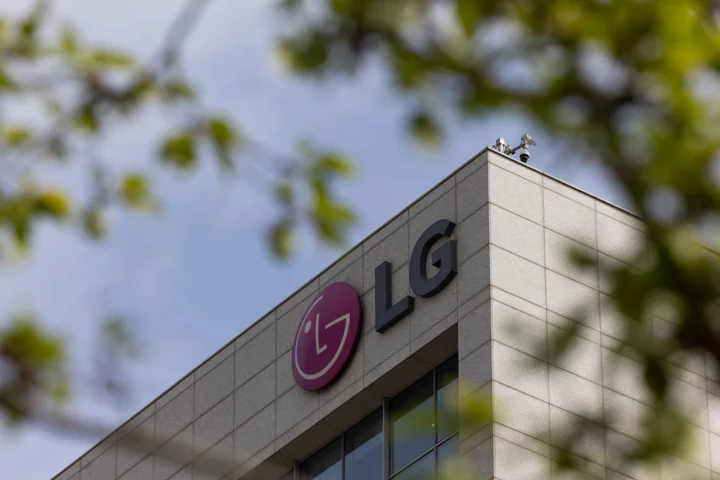
South Korea’s LG Unveils AI Software for Use Across Its Units
South Korea’s LG Group introduced an upgraded version of its artificial intelligence software, and demonstrated how it can
2023-07-19 13:27
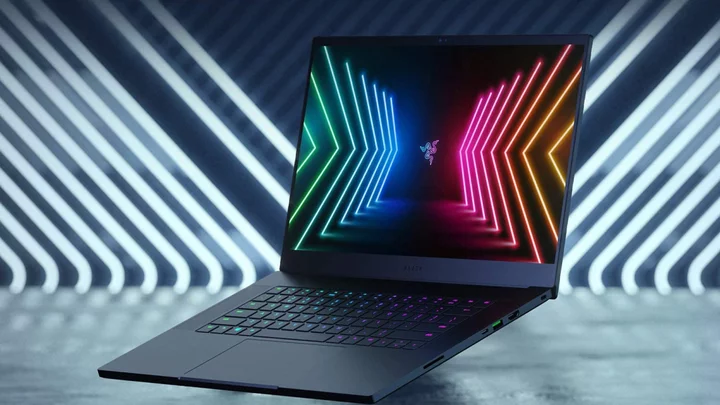
The best gaming laptops for levelling up and beating the competition
This content originally appeared on Mashable for a US audience and has been adapted for
2023-05-09 17:47

This near-mint condition iPad Mini 2 is on sale for under $90
TL;DR: As of June 22, get this refurbished iPad Mini 2 for just $87.99 —
2023-06-22 17:51
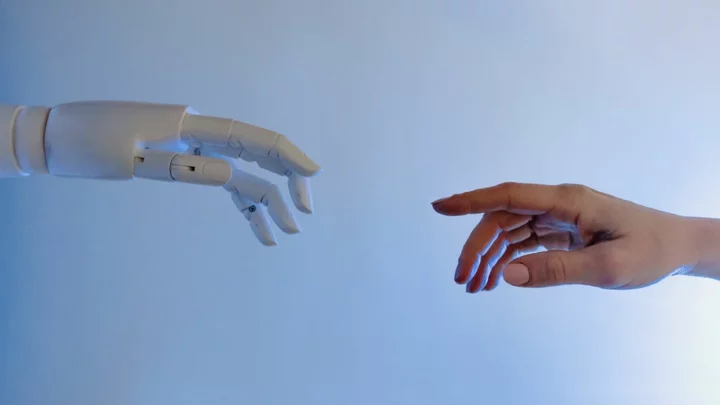
AI Experts Warn Artificial Intelligence Poses 'Risk of Extinction'
A long list of AI scientists, engineers, and other notable figures have signed a statement
2023-05-30 20:48

Matter Wins Four Awards at the 55th Annual Bell Ringer Awards Ceremony
BOSTON--(BUSINESS WIRE)--Jun 13, 2023--
2023-06-13 20:50

US colleges game out a possible end to race-conscious student admissions
By Gabriella Borter WASHINGTON In 1998, the year a voter-approved measure barring the use of race-conscious admissions policies
2023-05-24 18:28

Airbnb sees record bookings despite recession fears
Airbnb on Tuesday reported strong revenue growth and a new record for bookings during the first three months of the year, in a sign that demand for travel remains strong despite lingering recession fears.
2023-05-10 05:23

Grammarly Wants to Expand Its AI From the Classroom to the Office
Grammarly Inc., a software company known for its writing assistant, is trying to expand its business to the
2023-05-18 21:53
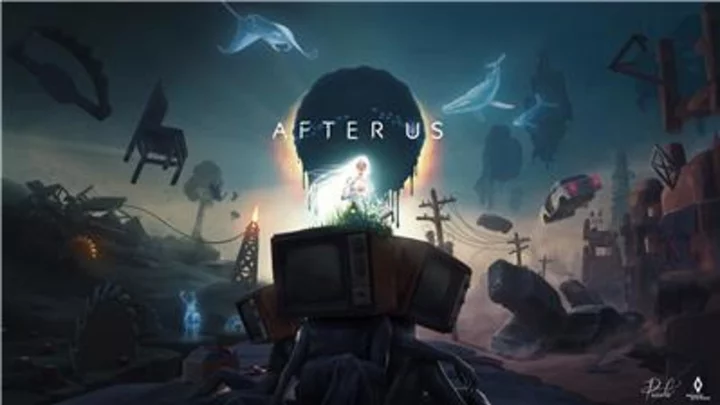
After Us Now Available for PC, PlayStation 5, and Xbox Series X|S
NEW YORK--(BUSINESS WIRE)--May 23, 2023--
2023-05-23 23:18

Google lays off staff at its mapping app Waze
(Reuters) -Alphabet-owned Google on Tuesday said it is cutting jobs at mapping app Waze as it merges the app's advertising
2023-06-28 10:45
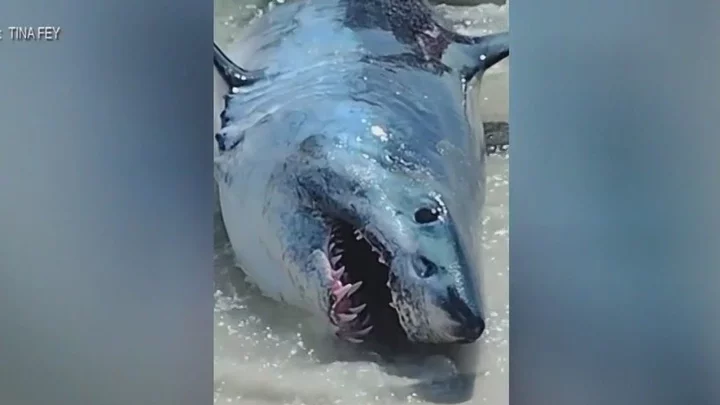
Great white sharks keep entering the twilight zone and experts are mystified
Great white sharks are displaying unprecedented behaviours, and experts can’t explain why. One of the ocean’s greatest apex predators has been entering the twilight zone way beneath the surface of the ocean, and far beneath the areas they normally feed in. The twilight zone, also referred to as the mesopelagic zone, is the area 200 to 1,000 metres down below the surface which is at least partly permeated by sunlight. The midnight zone, meanwhile, is found 1,000 to 3,000 metres down and is impenetrable to sunlight. Now, a new study published in the journal PNAS offered insight into the behaviours of 344 tagged predatory fish including great white sharks. Scientists would usually expect the creatures studied to dive to the deep scattering layer (DSL), which is full of small fish and other ocean life forms and therefore attracts more predators than other levels. However, there was also evidence that suggested predators dove down far deeper than the DSL, and scientists don’t know why. According to the research, great white sharks dive down to as deep as 1,128 metres. Camrin Braun is assistant scientist at the Woods Hole Oceanographic Institution and study lead. Braun told Live Science: "How, when, where they access the deep ocean certainly varies, but the clear anecdotal answer is that the deep ocean seems like an important habitat regardless of the predator species. It's clear there are good reasons for these animals to dive deep, otherwise why would they all do it? "There's good evidence for some species/situations in which diving deep is clearly for foraging," Braun added. "So that supported our expectation. However, we also find several cases where we can pretty definitively say the use of the deep ocean is not for feeding – or if it is it represents a totally different kind of predator-prey interaction or mysterious prey resource." The study could suggest that the twilight zone could be far more important to great white sharks and other predatory fish than previously thought. "If it turns out that there is indeed more biomass in the twilight zone than in all current marine capture fisheries combined then it's possible to imagine a kind of mesopelagic 'gold rush' to catch and use this biomass," Braun said. "There are many 'ifs' in this chain and many issues in making mesopelagic fishing feasible but it seems that biomass may be important for predators. Therefore, we really need to better quantify those links between predators and mesopelagic biomass before we can sustainably harvest/use those resources.” Sign up for our free Indy100 weekly newsletter How to join the indy100's free WhatsApp channel Have your say in our news democracy. Click the upvote icon at the top of the page to help raise this article through the indy100 rankings
2023-11-22 23:26
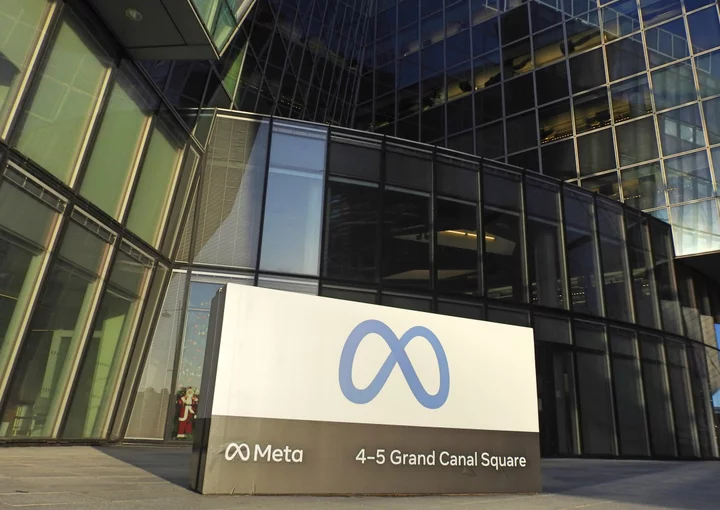
Meta to roll back Covid-19 misinformation measures
Meta, the parent company of Facebook and Instagram, is rolling back its COVID-19 misinformation rules
2023-06-18 05:56
You Might Like...

Gmail: Google issues one-week deadline to account holders

Who is Charles Hoskinson? Fans want Joe Rogan to have Crypto Cardano's founder on 'JRE' podcast: 'Make this happen'

Trump news – live: Trump suggests White House concealing security footage over cocaine scandal as Don Jr branded ‘big baby’

Not all iPhones will get iOS 17. Is yours compatible?
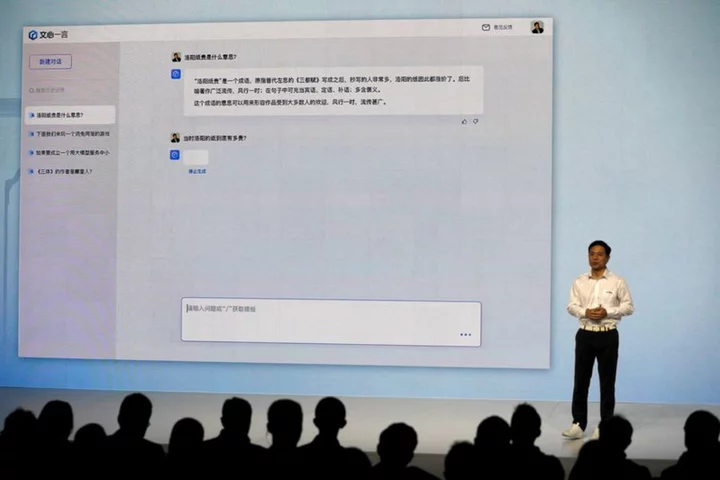
China's AI 'war of a hundred models' heads for a shakeout
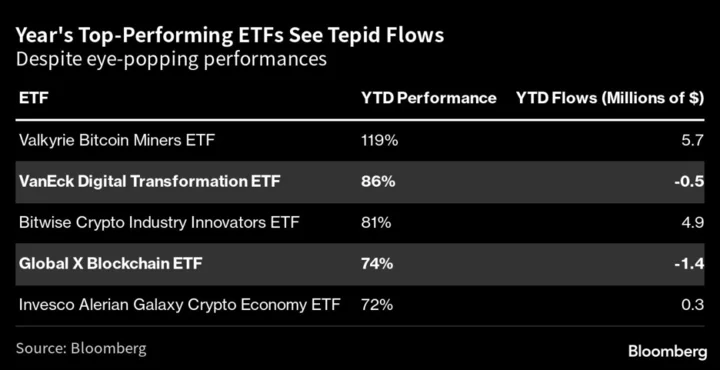
Crypto ETFs Are Year’s Best Performers But Only Lure $12 Million

Putting Generative AI to Work: Smartsheet Announces New AI Features that Unlock the Power of the Smartsheet Platform

Amanda Seyfried says Elizabeth Holmes' sentence is 'fair' as former exec reports to prison
